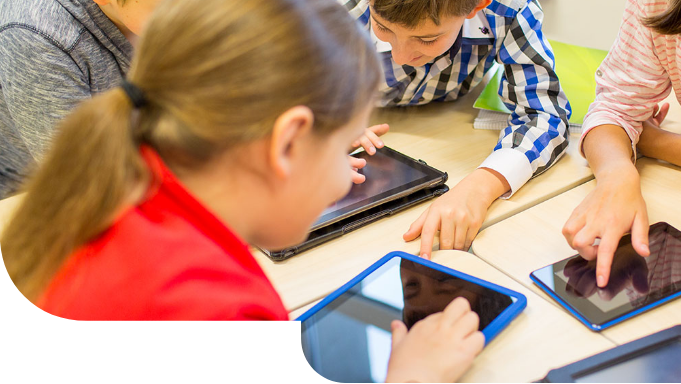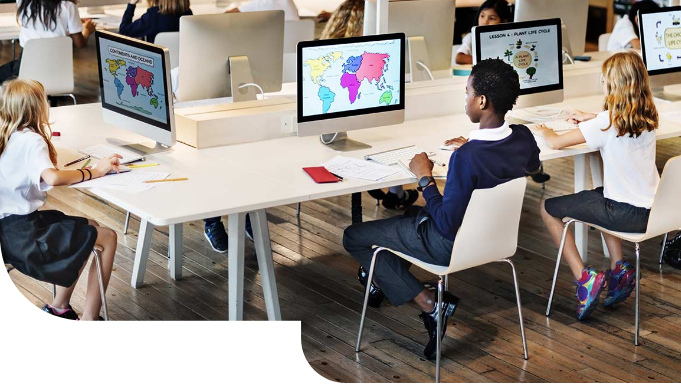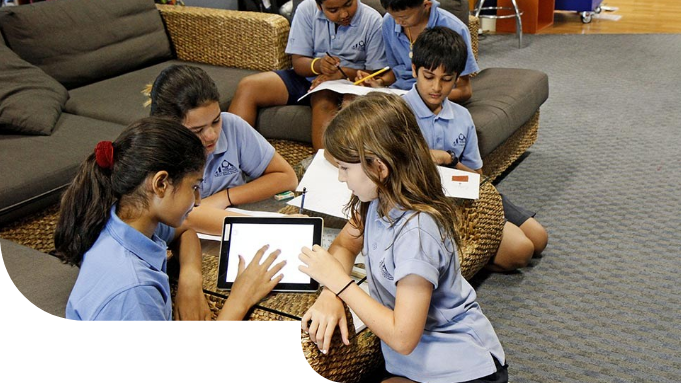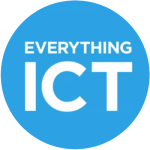These days, the individual child is at the centre of learning, and teachers are expected to adapt how and what they teach to meet each child’s individual needs.
Personalised learning is both an expectation and a holy grail. Schools have a duty to enable every child to meet their full potential, and are judged in inspections and league tables accordingly. To achieve that, you have to understand individual strengths and weaknesses, maximising the former and working to overcome the latter.
On the other hand, there is a recognition that delivering personalised learning in its fullest sense is extremely challenging. How can one teacher adapt every lesson, both in planning and delivery, so that 30 individual children get the exact blend of instruction, support and challenge they need to be continuously moving forward at every point of every day?
How can you account for and spot every misconception, every conceptual breakthrough that opens up the next level? How can you gear lessons to suit all interests?
It sounds impossible. But then we always have technology, and technology can do wonderful things.
How Technology Can Support Personalised Learning
Much of education depends on access to information. In a traditional classroom, the main source of information would be the teacher, followed by books – mostly the same books for the whole class. In the digital age, the options are far greater. The internet gives any learner access to huge swathes of available information. With the right guidance, even young children can plot their way through it in their own way, at their own pace.
Providing every learner with suitable internet access opens up all sorts of possibilities for personalised learning. It promotes independence, allowing children to discover and research things for themselves. It also accommodates different learning styles and promotes choice – children can choose to learn things from text, pictures or video to suit, and the multimedia devices they use to access the internet also allow them to demonstrate their learning in all sorts of different ways.
But embracing technology in education is not all about handing over responsibility to the internet. Networking and cloud technologies also have a key role in distributing software applications which structure learning, but in a personalised way.
Learning platforms are like the digital equivalent to textbooks, except users do not have to progress through them in a linear fashion. Using algorithms, learning platforms will decide on next steps for a child based on their input and answers to questions – put very simply, if they struggle they will get more practice, if they fly through they will be presented with more of a challenge. The software can evaluate individual areas of strengths and weaknesses and tailor content to suit, all automatically.
Infrastructure To Support Personalised Learning
All of the above requires two key things – reliable access to the internet so all students can get on to learning platforms and access web based resources as they need them, and their own device to do so. Sharing laptops or tablets means the learning is not fully personalised.
A lot of discussion goes into the resourcing implications of providing every child in a school with a digital device, whether shared pools of endpoints are suitable or whether Bring Your Own Device (BYOD) is the best way forward. But equal attention should also be paid to how the broadband network is accessed.
WiFi makes the most sense for supporting personalised learning because it supports mobility in school. A PC on a wired internet connection means a child has to be in a certain place at a certain time, and providing ethernet to a device for every child is just impractical from a set up and maintenance perspective.
With WiFi, a child can take their device with them – it follows them in their learning and they have the choice to dip in and out of projects when they like. This encourages children to take ownership of what they do. The younger generation are also being brought up using mobile devices rather than laptops, and WiFi and smart mobile devices go hand in hand.
To fully support personalised learning through technology, schools need to pay attention to the reliability and agility of their WiFi system. Too many WiFi networks in schools are out of date; they cannot support the data traffic created by whole classes of children going online at once. If half a class cannot get online, the lesson falls apart.
Similarly, older WiFi networks face issues of moving between access points (APs) – each AP only has a limited range, and switching the transmission of data packets from one to another can lead to pages freezing or crashing. This restricts the mobility WiFi should be able to offer.
These issues are easy to solve with the latest WLAN technologies available. Network capacity can be upgraded to easily accommodate a school full of users, and the latest WiFi protocols address issues of mobility.
If you would like to learn more about setting up or upgrading a WiFi network in your school, please contact Simpli-Fi today. We provide a managed WiFi service to the education, construction, leisure and public sectors, delivering robust and affordable WiFi connections with remote management, service desk and support.













